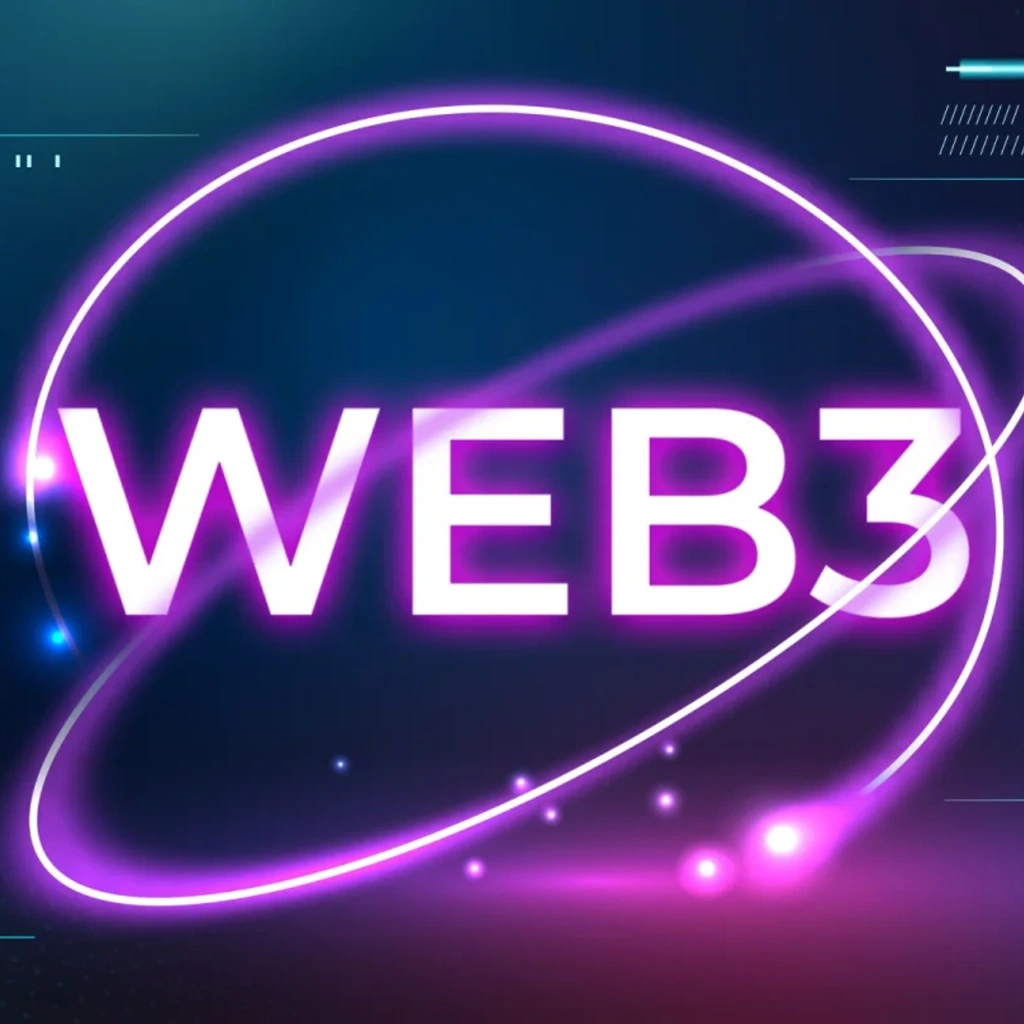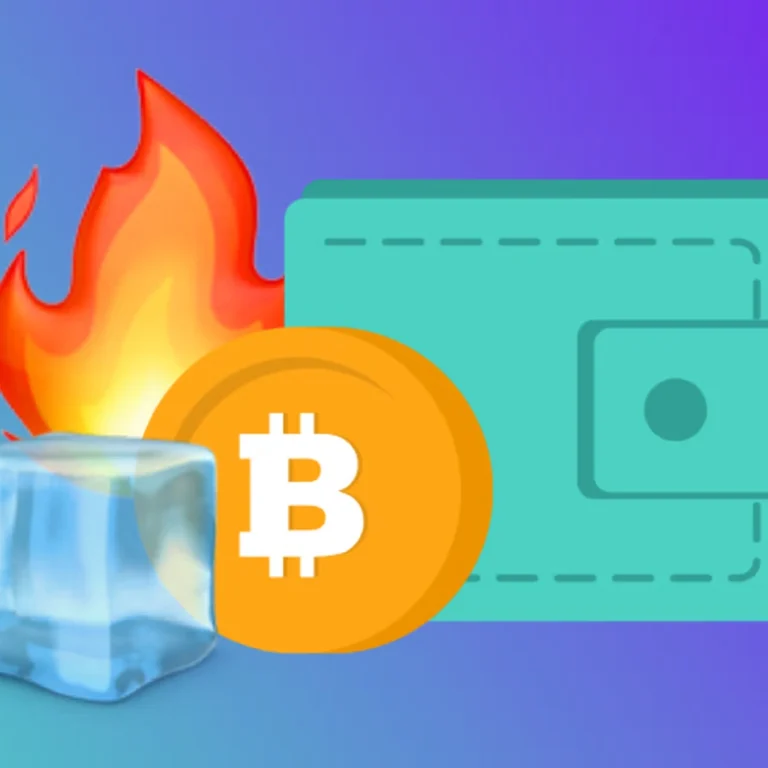You’ve probably come across the term Web3—whether in tech articles, financial discussions, or social media posts. But what does it actually mean, and why is it considered the next phase of the internet?
This article offers a clear and educational breakdown: what it is, how it differs from previous internet eras, and why it’s gaining traction in industries from finance to digital art.
What Is Web3?
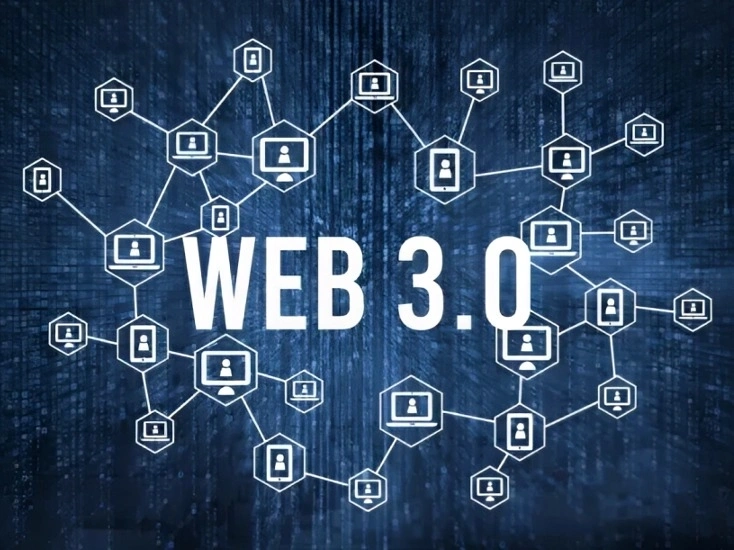
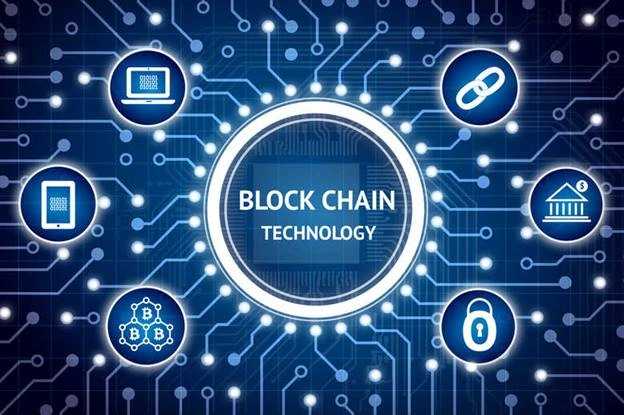
Web3 refers to the third generation of the internet, characterized by decentralization. In contrast to today’s internet—where a few large companies control platforms, data, and infrastructure—it aims to return control to users.
It’s built on blockchain technology, which enables secure, transparent, and peer-to-peer interactions without needing intermediaries. Instead of logging into platforms with usernames and passwords, users authenticate with crypto wallets, and instead of relying on centralized services, they interact directly with one another.
Web3 vs. Web1 and Web2


To fully understand Web3, it helps to look at how the internet has evolved:
- Web1 (1990s–early 2000s): The “read-only” web. Users could browse information but had little ability to interact.
- Web2 (mid-2000s–present): The “read-write” web. Social media, content sharing, and user participation became mainstream—but user data became controlled by major platforms.
- Web3: The “read-write-own” web. With blockchain and tokenization, users gain potential ownership of their content, identity, and digital assets.
Why Ownership Matters
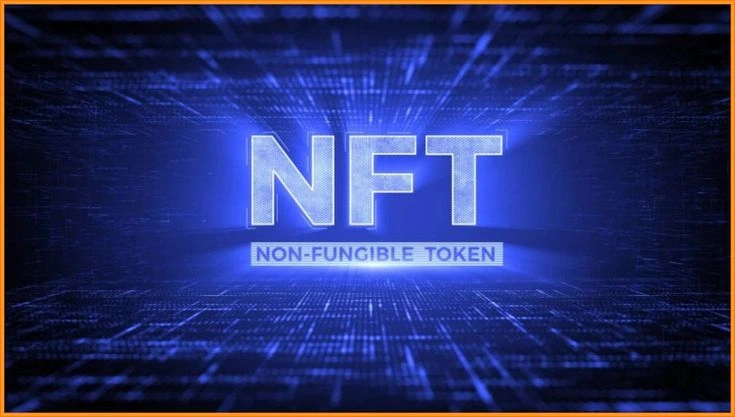
One of the key innovations in Web3 is the concept of digital ownership. In Web2, platforms like YouTube, Instagram, and Facebook profit from user-generated content. In Web3, ownership is programmable through the use of tokens and smart contracts.
For example:
- Artists can sell digital artworks as NFTs (non-fungible tokens).
- Gamers can own and trade in-game items across platforms.
- Creators can receive direct payments from audiences without third-party platforms.
This model gives users more control over their contributions—and potential rewards.
Is it All About Cryptocurrency?
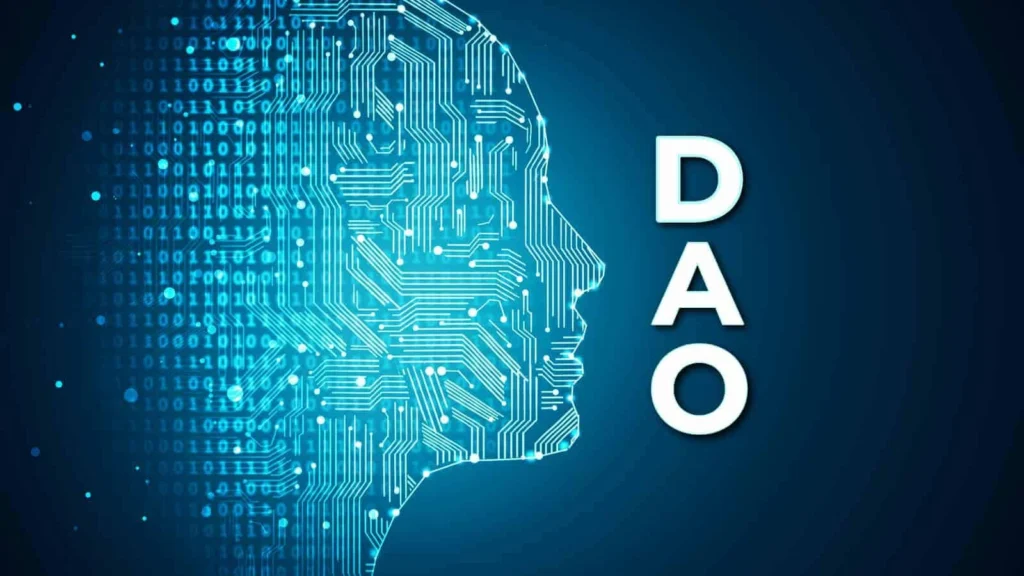
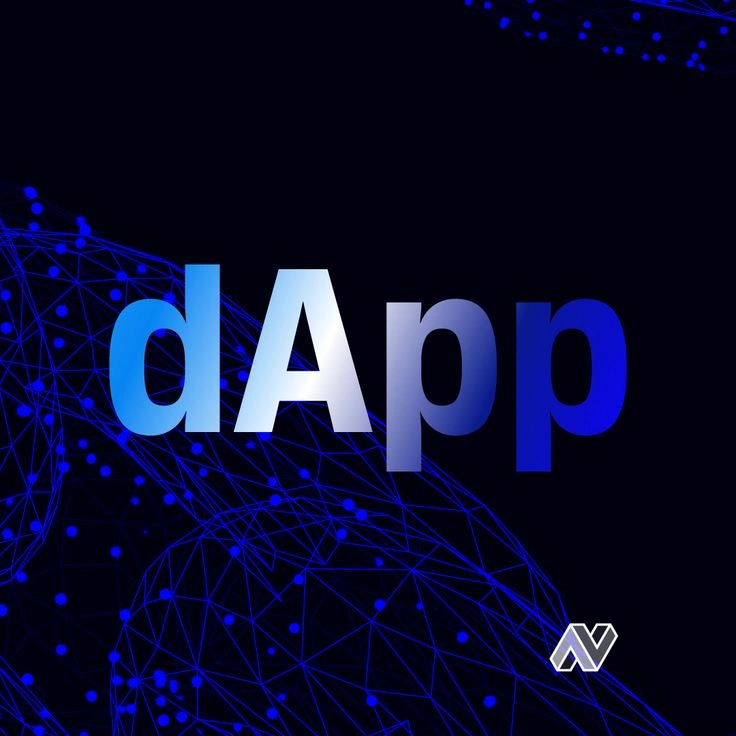
While cryptocurrencies like Bitcoin and Ethereum are part of Web3’s foundation, Web3 is much broader.
It includes:
- dApps (Decentralized Applications): Apps that run on blockchain networks without centralized servers.
- DeFi (Decentralized Finance): Financial services such as lending, borrowing, and trading without traditional banks.
- DAOs (Decentralized Autonomous Organizations): Online communities governed by code and consensus, not CEOs.
A unifying theme across all of these is decentralization, which reduces reliance on traditional institutions and intermediaries.
Why Web3 Matters for the Average User
Web3 has the potential to reshape the internet in several important ways:
- Privacy: Users own their data and can choose how it’s shared or monetized.
- Monetization: Creators and contributors can earn directly from their work without relying on ad-driven algorithms.
- Access: People without access to traditional banking can use decentralized financial tools.
However, challenges remain. Web3 is still in development. It’s largely unregulated, vulnerable to scams, and requires a steep learning curve—especially when setting up wallets or using dApps.
The Future of Web3: What to Expect
Some experts believe it is the natural evolution of the internet—more open, equitable, and user-focused. Others view it as speculative hype driven by venture capital and tech idealism.
The likely reality? A mix of both. Web3 will probably evolve gradually, facing legal, technical, and adoption hurdles. Some projects will succeed, others will fail. But the shift toward user empowerment and decentralization is underway.
Conclusion
Web3 isn’t just a tech trend—it represents a shift in how we think about the internet, data, and digital ownership. While still in its early stages, it’s worth paying attention to. Whether you’re a casual user, creator, or entrepreneur, understanding Web3 could help you navigate—and shape—the future of online experiences.
Now that you’ve got Web3 explained in clear terms, what are your thoughts? A real game-changer or just another tech phase?
Relevant News: HERE

